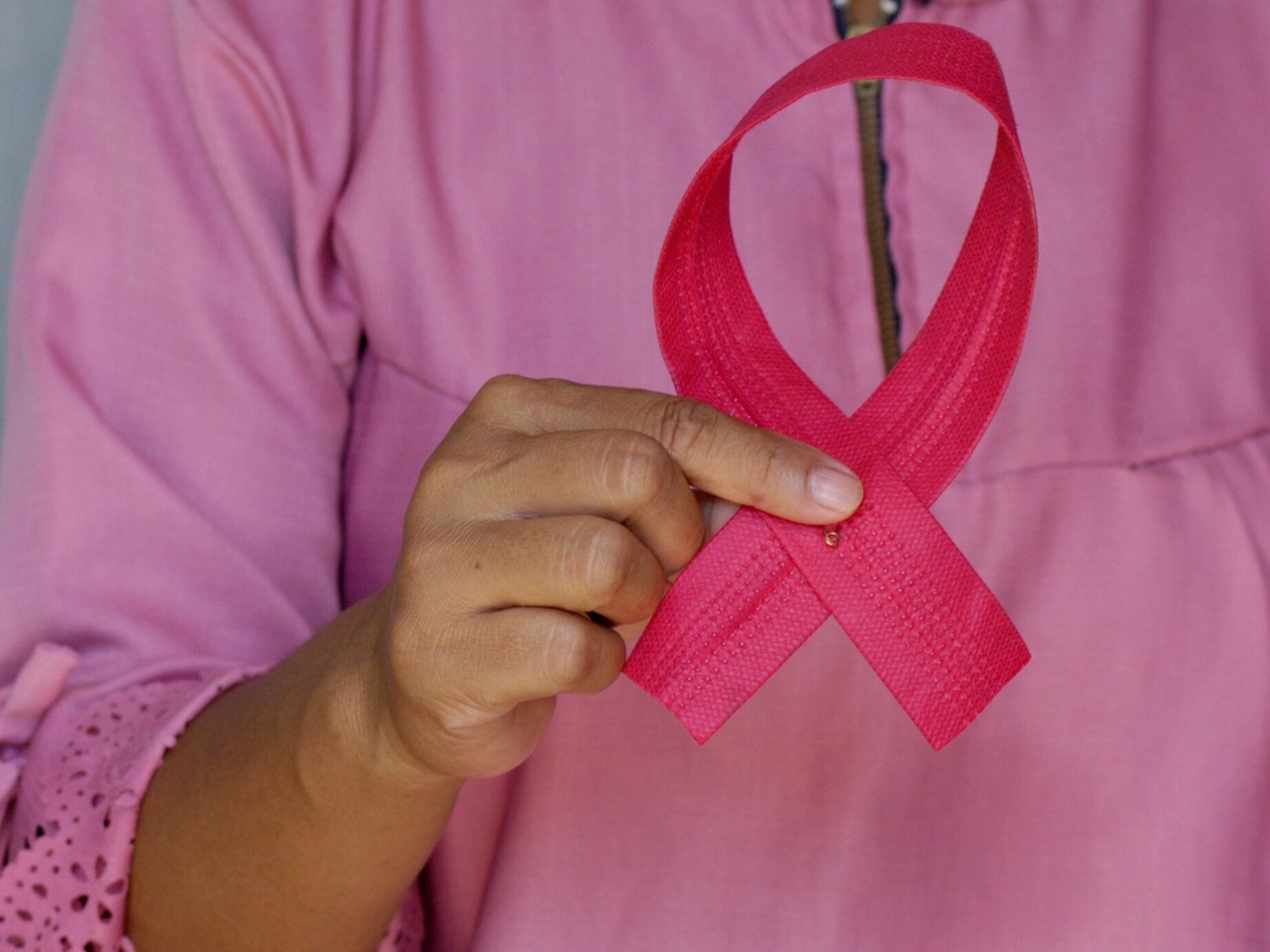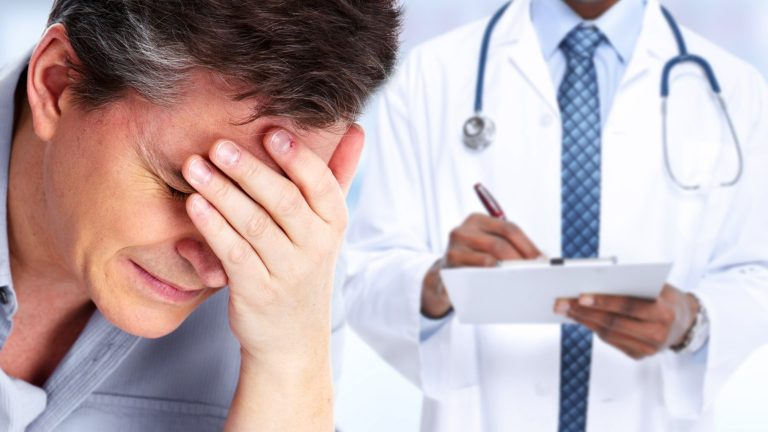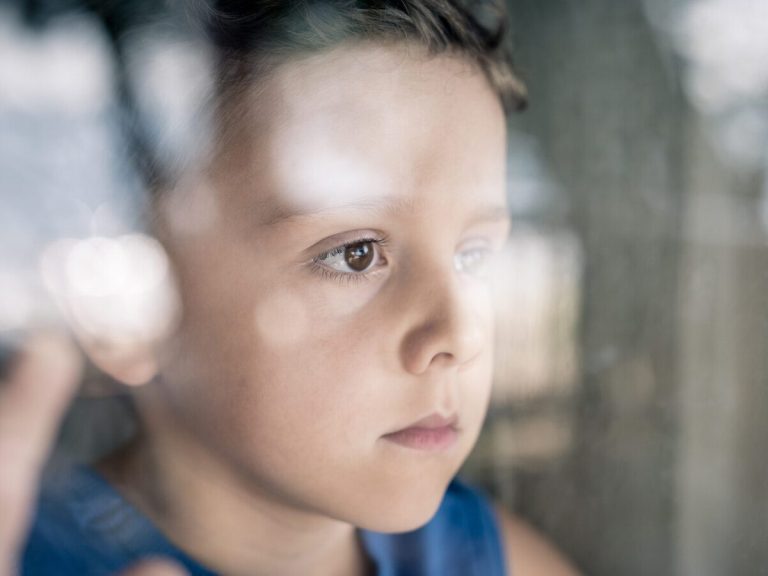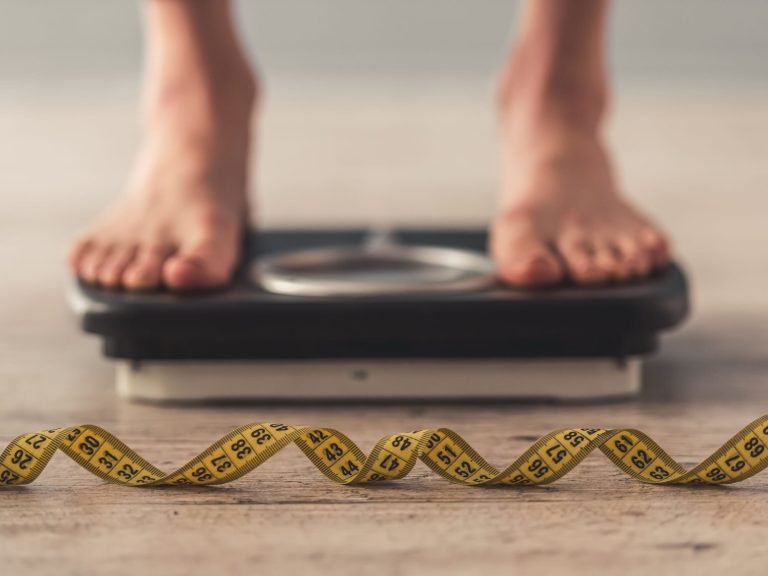Breast cancer detection much more effective using artificial intelligence. Latest news

Detecting breast cancer faster and more effectively may be possible with the use of artificial intelligence. However, effectiveness is not the only advantage of this method.
Breast cancer is one of the most common malignant tumors in women. It accounts for approximately 23 percent of all cancer cases and is the cause of approximately 14 percent of deaths. The risk of developing the disease increases significantly after the age of 50. In the initial stage, breast cancer does not cause any symptoms, but if detected early, it is curable. That’s why it’s so important to have regular mammograms. It turns out that detecting this type of cancer can be much more effective using artificial intelligence.
Breast cancer detection by artificial intelligence
Mammography screening is a key element in preventing deaths from breast cancer. However, not all tumors are detected this way. Scientists have recently proven that a breakthrough in this matter may be the use of artificial intelligence to diagnose this type of cancer.
A study conducted at the Karolinska Institute showed that one radiologist supported by artificial intelligence detected more cases of breast cancer than two radiologists without such assistance. “Artificial intelligence and humans perceive images slightly differently. This creates a synergy that increases our chances of detecting cancer,” emphasizes Karin Dembrower, author of the work published in The Lancet Digital Health.
Artificial intelligence is more effective at detecting breast cancer than a doctor
According to the traditional diagnostic method, each mammographic image is analyzed by two radiologists. During the latest study, such a system was compared with the effects of artificial intelligence. The study was conducted at Capio Sankt Göran Hospital in Stockholm (Sweden). 5,581 women aged 40 to 74 took part in it.
The results suggest that AI combined with a single radiologist achieves double-read performance for radiologists in breast imaging. The traditional method managed to detect 250 cancers. In turn, two artificial intelligence-assisted radiologists detected 269 cases of this type of cancer. For comparison, one specialist supported by artificial intelligence managed to diagnose 261 cases of the disease. Artificial intelligence operating independently detected 246 cancers.
Other benefits of artificial intelligence detecting breast cancer
Efficiency in detecting breast cancer is not the only advantage of the latest technology. Researchers also found that replacing a single radiologist with AI when independently reading screening mammograms leads to fewer false positives overall. According to the study, radiologists who worked with artificial intelligence reported 6 percent fewer false positive results. In turn, artificial intelligence itself showed 55 percent fewer such results. This is very important due to the fact that the consequences of false positive results may be unnecessary initiation of treatment, burden on the patient’s body and pointless use of health care system resources.
“Compared to the current standard of work between two radiologists, the assessment by one radiologist and artificial intelligence resulted in an increase in breast cancer detection by four percent and a reduction in image reading time by half,” said lead author Fredrik Strand.
Diagnosing breast cancer and the role of people
However, researchers point out that the human role is still very important in the entire diagnostic process, because it is he who makes the final decision on whether to order additional tests for the woman. However, artificial intelligence can be a huge support for doctors when diagnosing breast cancer.
“Our study shows that artificial intelligence is ready for controlled implementation in mammography screening. However, you must select an AI system that has been adequately tested on images obtained from the same type of mammography equipment and ensure continuous monitoring of the system once it is introduced in the clinic. “In the long term, AI has the potential to take over most of the work associated with mammography screening,” notes Dr. Strand.






